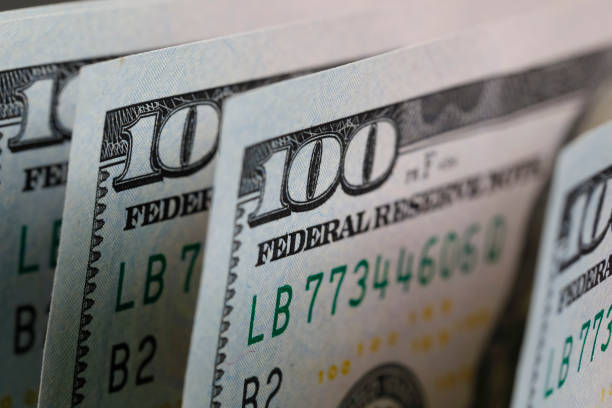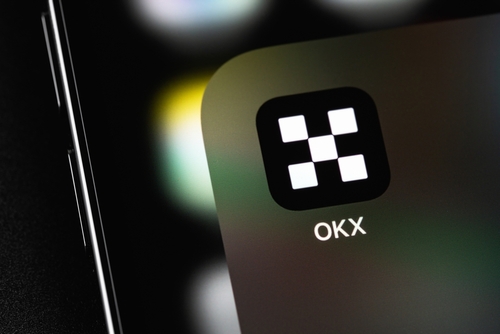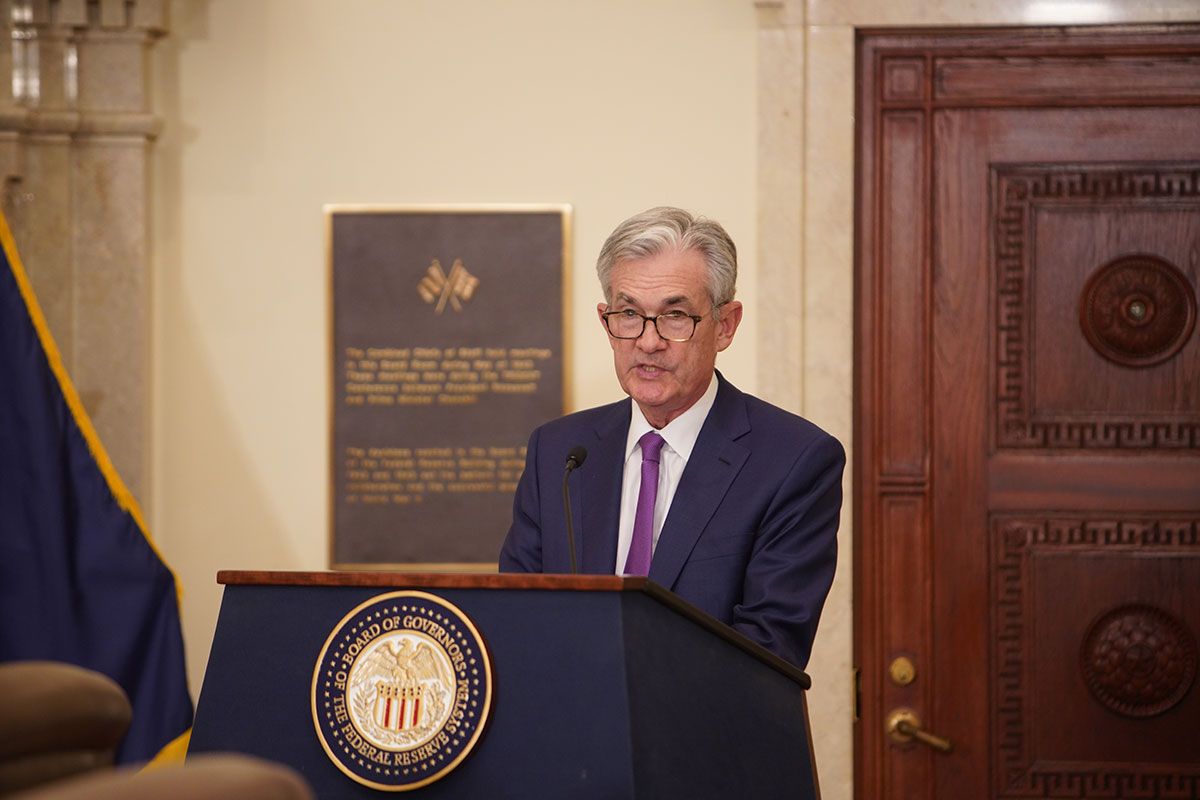S&P 500 rose 0.41% on Tuesday despite Trump firing Fed Governor Lisa Cook

The S&P 500 ended higher Tuesday as U.S. markets decided to ignore President Donald Trump’s latest confrontation with the Federal Reserve.
Wall Street turned its attention to upcoming earnings from Nvidia. According to data from Bloomberg, the S&P 500 rose 0.41% to close at 6,465.94, while the Nasdaq Composite climbed 0.44% to 21,544.27. The Dow Jones Industrial Average added 135.60 points, finishing at 45,418.07.
Trump justified Cook’s firing by accusing her of lying on a mortgage application, though Cook publicly responded that the president “has no authority” to remove her from the Fed board. The White House dismissed the claim and stuck by the firing, which shook up the bond market more than equities.
Long-term Treasury yields jumped, while short-term yields dropped. Traders read it as a steepening of the curve, meaning rates might fall short term, but over time, a politicized Fed could raise inflation risk, sending longer yields higher. The U.S. dollar slid, with the Dollar Index down 0.2%, reflecting that very shift in expectations.
Traders load up on short VIX bets as volatility vanishes
While the political noise grew louder, traders kept betting on peace and calm. Volatility has disappeared from markets, and hedge funds are acting like it’ll stay gone. Short bets on the Cboe Volatility Index (VIX) are piling up.
As of August 19, net short positions in VIX futures stood at 92,786 contracts. That’s the highest since September 2022, based on Commodity Futures Trading Commission data.

That positioning comes just months after a similar calm backfired. In February, the S&P 500 hit a high before turbulence hit markets over fears of Trump’s escalating trade wars and possible recession fallout. Again in July 2024, traders loaded up on VIX shorts. Then in August, the yen carry trade imploded and rattled global assets. The CFTC’s data doesn’t cover exchange-traded products or strategies that mix long and short positions, but the risk is clear. Volatility bets are dangerously crowded.
Even so, the VIX is still below 15, and that’s 24% lower than its one-year average. That low came last Friday after Fed Chair Jerome Powell backed a September rate cut. Stocks responded by climbing, keeping VIX suppressed. But the lower it goes, the more traders could be exposed if anything flips the script.
Cook firing draws Nixon comparisons as markets flash warning signs
Trump’s decision to fire Cook drew instant comparisons to President Richard Nixon, who in 1972 leaned hard on Fed Chair Arthur Burns to ease policy ahead of his re-election. Craig Chan, head of FX strategy at Nomura, said Trump’s move “may refocus” investors on the Nixon playbook.
While today’s environment includes floating exchange rates and crypto flows, Chan noted how in both cases, the president pressured the Fed during an election year.
The consequences during Nixon’s time were severe. The ICE U.S. Dollar Index climbed 0.5% after the 1972 election, peaked in January, then tumbled 18% by July 1973. Stocks also followed a pattern. The Dow rose 6% from November to mid-January 1973, but within a year dropped 19%.
By the second year, the drawdown reached 44%. On the bond side, the 10-year Treasury yield spiked 130 basis points, from Nov. 6, 1972, to Aug. 7, 1973, hitting 7.58%, far above 2025’s 4.3% level.
Chan warned that while the dynamics aren’t identical, no gold standard today, no Bretton Woods structure, there’s still a playbook for what could go wrong.
And the market’s reaction on Tuesday showed just how much investors still trust the Fed’s independence. Stocks went up, but the dollar slipped 0.3%, bringing 2025’s total decline to almost 10%. Gold futures climbed too, as investors hedged against a politicized central bank that may fall behind on inflation.
Chan added that if investors start to believe the Fed has lost independence, there are “risks to a weaker USD.”
The smartest crypto minds already read our newsletter. Want in? Join them.





